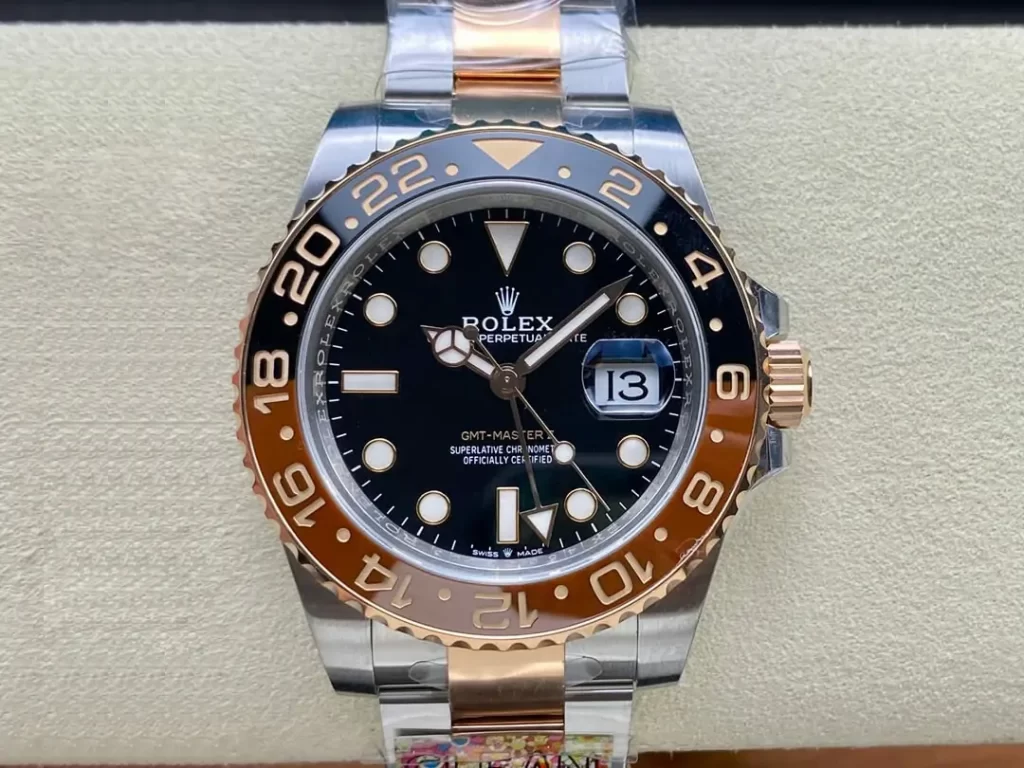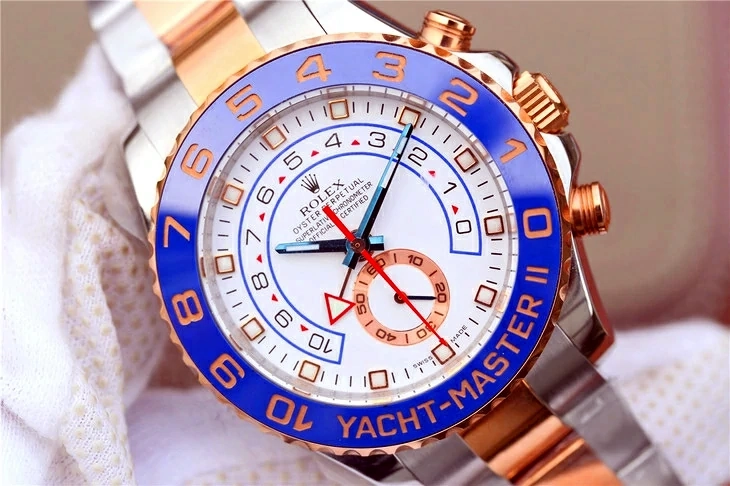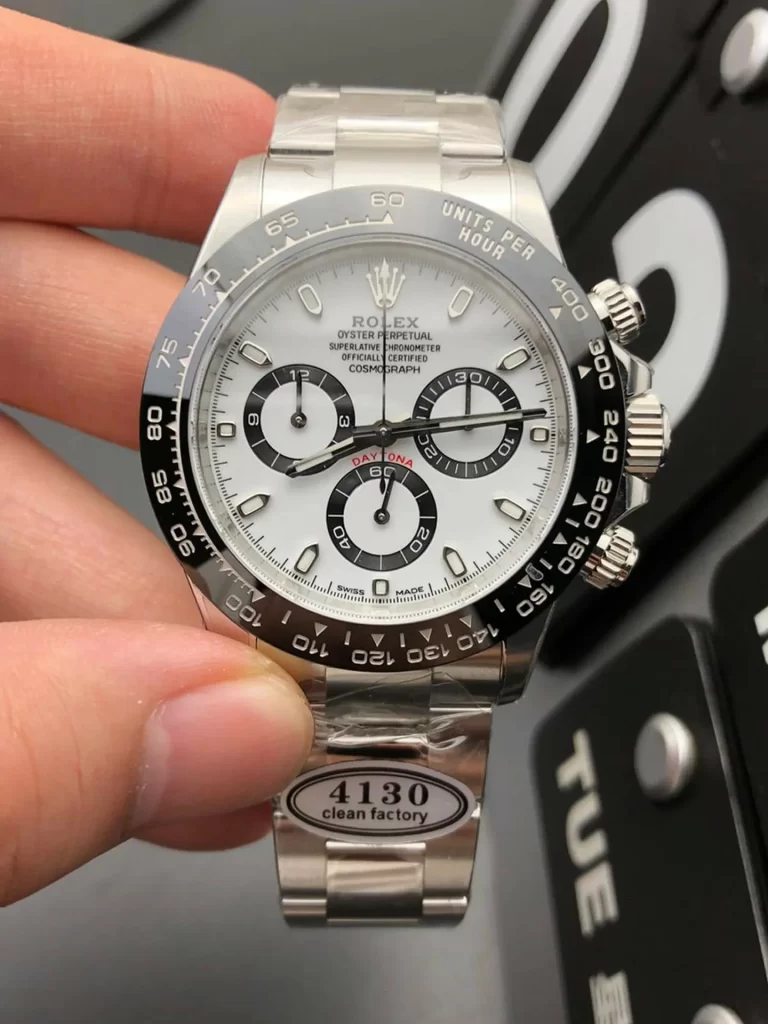Behind the gleaming facade of Rolex’s legendary Daytona lies a secret – one the brand has seldom acknowledged. Between 1988 and 2000, the chronograph that cemented Rolex’s dominance in luxury watchmaking relied on a borrowed pulse: Zenith’s El Primero movement. This collaboration, shrouded in silence, remains one of horology’s most intriguing paradoxes – a masterpiece built on uncredited genius.

The Daytona’s ascent to icon status began long before ceramic bezels and multi-year waitlists. In its early years, the model struggled to keep pace with rivals like Omega and TAG Heuer, which had embraced automatic chronograph technology. Rolex, determined to modernize, turned to Zenith’s El Primero, a movement unveiled in 1969 as the world’s first integrated automatic chronograph. With a groundbreaking high-frequency oscillation of 36,000 vibrations per hour, the El Primero offered precision that outpaced nearly every competitor, slicing time into increments of 1/10th of a second. Rolex reengineered it – lowering the frequency to 28,800 vph for durability, refining the rotor, and stripping it to its essentials – but retained its core architecture. Renamed Calibre 4030, this hidden hybrid became the Daytona’s engine for over a decade. Yet nowhere did replica Rolex‘s marketing materials, casebacks, or glossy advertisements hint at Zenith’s contribution.

Collectors, however, noticed. The reference 16520 Daytona, nicknamed the “Zenith Daytona,” has since become a cult classic, revered not just for its association with Paul Newman or its stainless steel mystique, but for its mechanical lineage. Unlike later in-house Rolex calibers, these models carry a whisper of horological history – a blend of Zenith’s innovation and Rolex’s exacting refinement. The irony is palpable: Rolex’s most coveted chronograph owes its soul to a rival’s ingenuity.
While Rolex tightened its grip on exclusivity, Zenith quietly evolved. The El Primero, far from becoming a relic, matured into a benchmark for precision. Modern iterations like the Chronomaster Sport and Defy Skyline showcase 1/10th-second accuracy in designs that balance technical bravado with wearability. Unlike Daytonas tucked away in vaults, Zenith’s creations flaunt their mechanics through sapphire casebacks, inviting admiration for the artistry within. This ethos – innovation without pretense – has reignited interest among a new generation of collectors who value transparency as much as craftsmanship.
Today, the two brands embody divergent philosophies. Rolex thrives on scarcity and myth, while Zenith champions accessibility and technical daring. Yet the El Primero’s legacy endures, a reminder that horological progress is rarely solitary. The movement not only powered Rolex’s rise but redefined what a chronograph could be – a marriage of precision and resilience that remains unmatched.
So when you encounter a vintage Rolex Daytona, consider the heartbeat beneath its dial. Before celebrity endorsements and auction frenzy, there was Zenith: the uncredited ally that helped shape an icon. In the quiet tick of the El Primero lies a story of collaboration, competition, and the enduring pursuit of perfection – one that deserves to be told.
